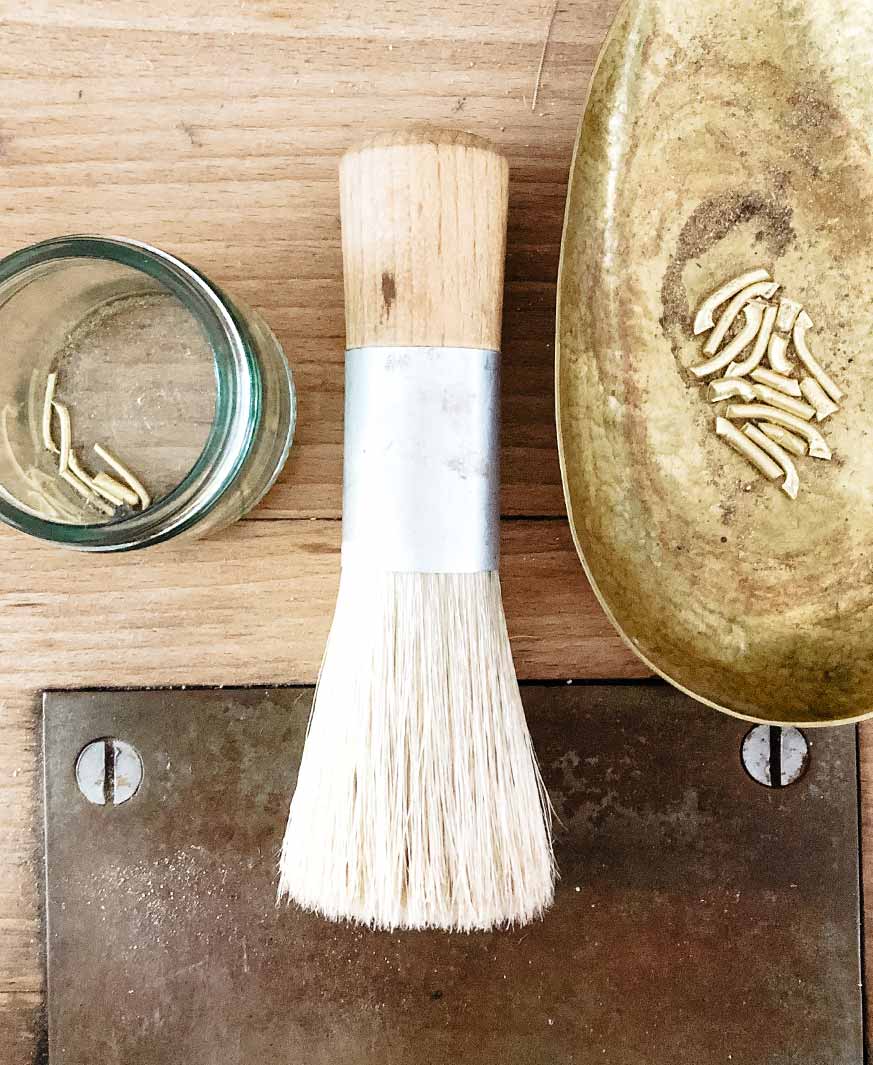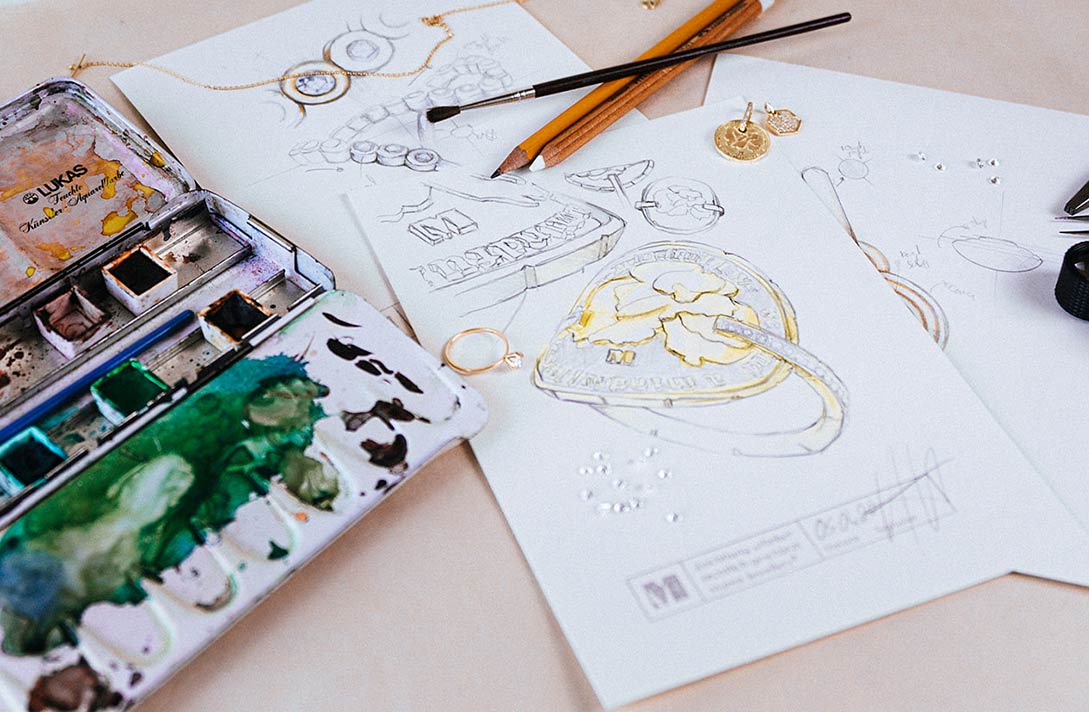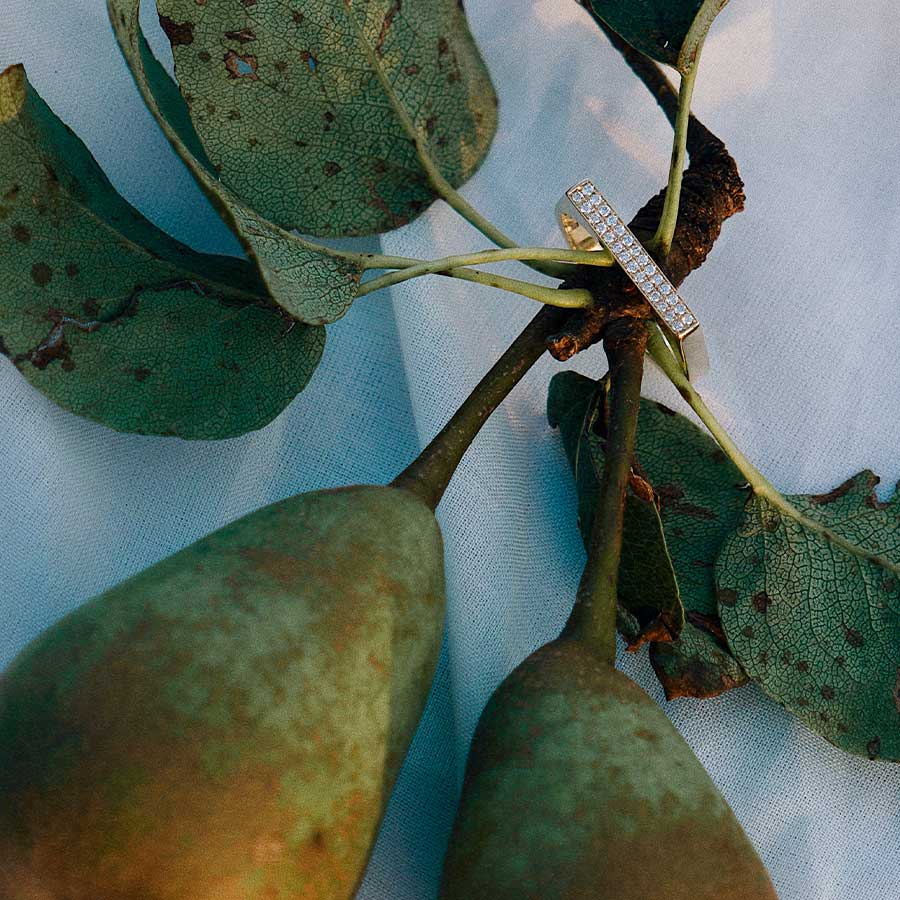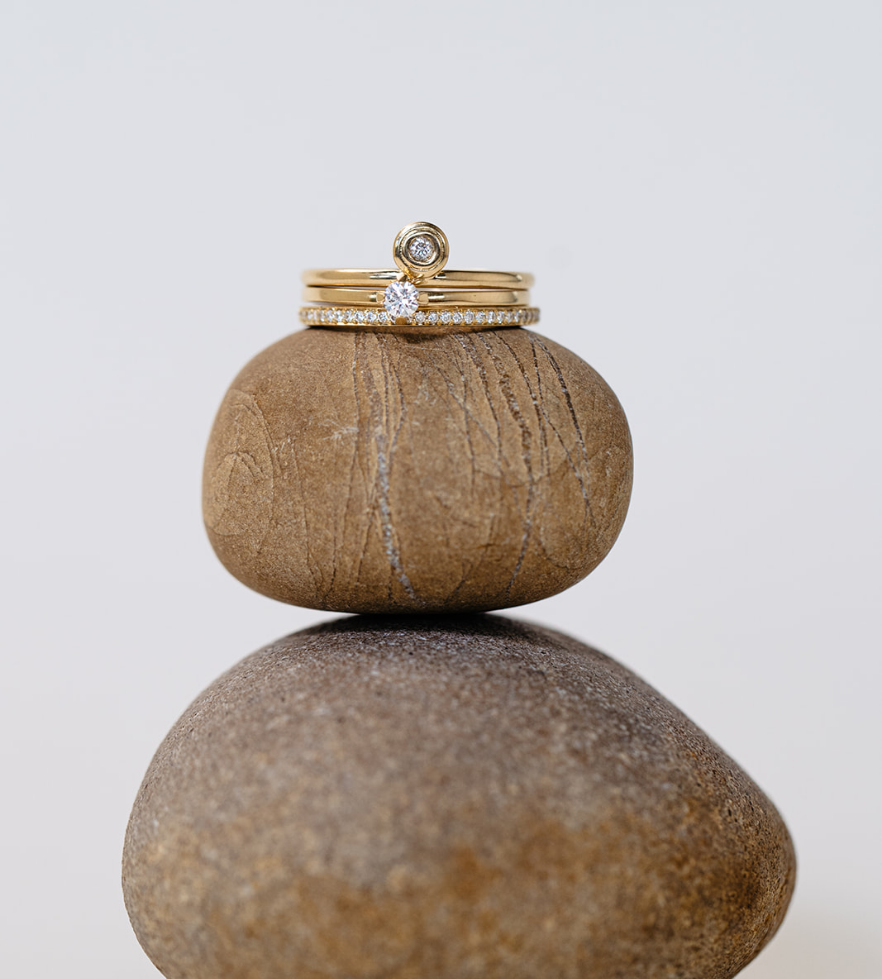Danielle: >As with other recycled materials, the main advantage of using recycled gold i In saving resources. Instead of mining, refining, and manufacturing newly extracted valuable minerals, which themselves have severe and significant environmental impacts, other resources are also saved that are needed for converting mined minerals into the shiny objects we know, such as energy, water, chemicals, and the disruption of ecosystems and biodiversity. The environmental impacts associated with the mining and processing of minerals are enormous.
The special aspect of reusing valuable minerals like gold is that the process of melting and recasting gold and metals in general has been known for thousands of years. Since gold, like other valuable minerals, has a high economic value, the reuse of this mineral also makes a lot of financial sense. Primarily, it should be emphasized here that every gram of gold or any other valuable mineral that has been extracted from the earth throughout history exists above ground, as gold and other valuable minerals never decay or tarnish. It is estimated that there are about 190,000 tons of gold above ground, and if this amount were reused, it could meet the demand for gold for decades.
By reusing gold, some social issues become less relevant, such as illegal labor, child labor, forced labor, and many other health and safety risks at work. These aspects are not monitored and are associated with newly mined precious minerals and the processing of these minerals. For many people, the social aspect is a crucial part and a main reason for working with freshly mined gold, but if we were to ask most miners, they would hardly say that they want to continue mining, and that might give all of us working in the jewelry industry something to think about.
At the same time, I must point out that there are problems with the use of recycled or reused gold, especially because the industry's definition of what it means to work with recycled gold is not clear and can be easily manipulated within the supply chain. There is no strict transparency, regulations are not efficient enough, the monitoring of incoming reused metals and the mechanisms for reusing metals do not function properly, and there are no incentives for jewelry users and other stakeholders to work responsibly with reused gold, so that it brings benefits and opens up opportunities. Words are important because they imply actions and dictate how processes are decided and handled.










